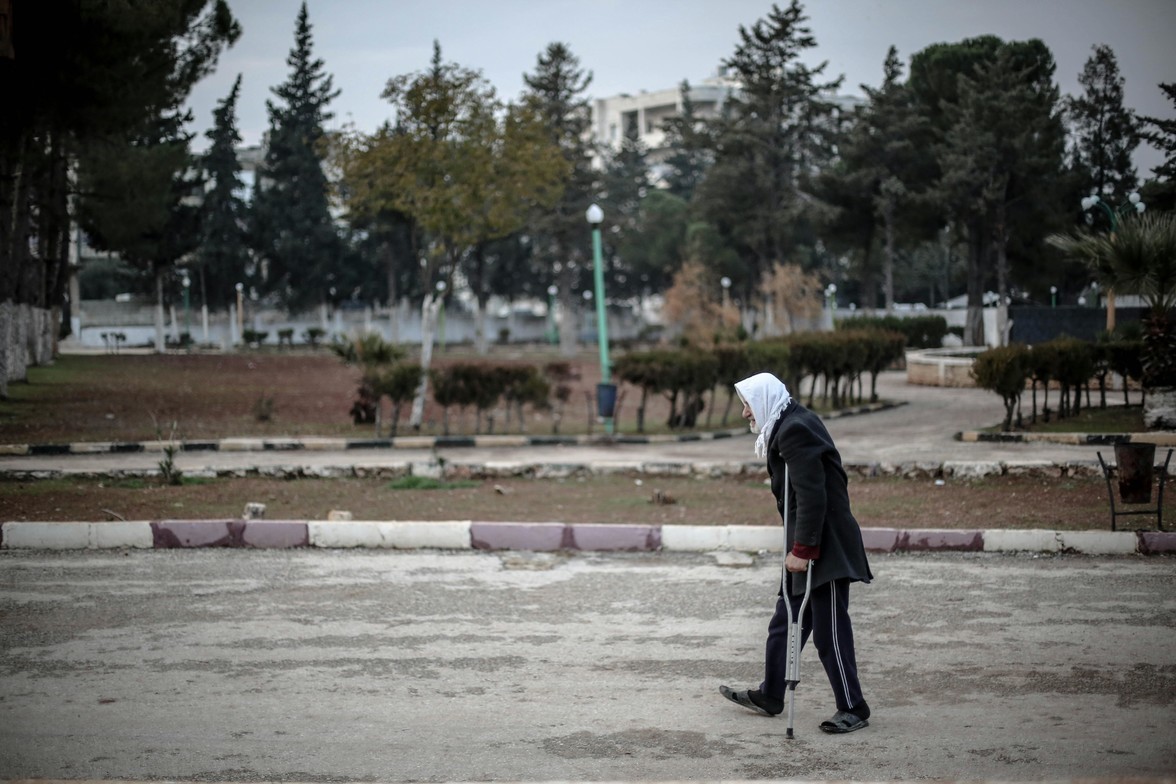
The Role of Sports Rehabilitation in Post-Surgical Rehabilitation
Surgery, whether major or minor, is a significant event for anyone. The body undergoes considerable stress, and the road to recovery can be challenging. This is where sports rehabilitation steps in, playing a crucial role in the rehabilitation process. You need someone with the right knowledge and tools to help you recover.
Sports rehabilitation not only aids in physical recovery but can help patients regain confidence and return to their daily lives more effectively. In this blog, we will explore the essential role of sports rehabilitation in post-surgical rehabilitation and why it is a vital component of the healing process.
1. Accelerating Recovery
One of the primary goals of post-surgical sports rehabilitation is to accelerate the recovery process. After surgery, the body needs to heal and regain strength, flexibility, and function. One of your greatest tools is sleep and rest. If you're hurting and tossing in your sleep, that's hard to do. A sports rehab therapist can use tailored exercise programs and therapies to promote faster healing, improve your sleep, and reduce your pain so you can rest. These exercises help improve blood circulation, reduce swelling, and prevent the formation of scar tissue, all of which contribute to a quicker recovery. Summit Sports and Spine offers the following tools: Hyperbaric, Radial and Focused Shockwave, EMTT - Extracorporeal Magnetotransduction Therapy, FSM - Frequency Specific Microcurrent, Class IV Laser (Red light), Cold Plunge, Sauna, and more.
2. Restoring Mobility and Function
Surgery can often lead to decreased mobility and function in the affected area. Sports rehab therapists work with patients to restore as much range of motion and functionality as possible. Through targeted exercises, manual therapy, and other techniques, they help patients regain strength and flexibility. For example, after knee surgery, a sports rehab therapist might design a program to strengthen the muscles around the knee, improve joint mobility, and restore normal walking patterns. This will include therapy guidelines to reduce pain and inflammation through that strengthening process.
3. Pain Management
Post-surgical pain can be a significant hurdle in the recovery process. Sports rehabilitation offers various methods to manage and reduce pain. Techniques such as manual therapy, shockwave, electrical stimulation, and specific exercises can alleviate pain and discomfort. By addressing pain early in the rehabilitation process, sports rehab therapists can help patients engage more fully in their recovery exercises, leading to better outcomes. Precooling the workout and rehab process with cold plunge and red light can facilitate the ability to do more and recover faster.
4. Preventing Complications
After surgery, there is a risk of complications, including blood clots, infections, and muscle atrophy. Sports rehabilitation plays a preventive role by encouraging movement and exercise, which are crucial for reducing these risks. For instance, after a hip replacement, early mobilization and specific exercises prescribed by a sports rehab therapist can significantly reduce the chances of developing complications like deep vein thrombosis. We're here to help coach, guide, and facilitate you reaching your recovery goals to enjoy life following surgery.
5. Improving Posture and Alignment
Surgery can sometimes lead to changes in posture and body alignment via compensations. Sports rehab therapists assess and correct any postural imbalances that may arise after surgery. Proper alignment is essential for optimal recovery and preventing future issues. For example, after spinal surgery, a sports rehab therapist can guide the patient on maintaining the correct posture to support healing and reduce strain on the spine.
6. Providing Education and Support
Sports rehab therapists play a vital role in educating patients about their recovery process. They provide guidance on what to expect, how to perform exercises correctly, and how to manage daily activities without jeopardizing the healing process. This education empowers patients to take an active role in their recovery, which often leads to better outcomes. Additionally, sports rehab therapists offer emotional support, helping patients stay motivated and positive throughout their rehabilitation journey.
7. Customizing Rehabilitation Plans
Every patient and surgery is unique, requiring personalized rehabilitation plans. Sports rehab therapists assess each patient’s specific needs, limitations, and goals to create a tailored program. This customized approach ensures that patients receive the most effective treatments for their particular situation, leading to optimal recovery.
8. Enhancing Long-Term Outcomes
The benefits of Sports rehabilitation extend beyond the immediate post-surgical period. By promoting proper healing, improving strength and mobility, and preventing complications, sports rehabilitation enhances long-term outcomes. Patients who engage in post-surgical sports rehabilitation are more likely to experience lasting improvements in their overall function and quality of life.
Sports rehabilitation is an indispensable part of post-surgical rehabilitation. It accelerates recovery, restores mobility, manages pain, prevents complications, improves posture, provides education, and offers customized care. By incorporating sports rehabilitation into the recovery process, patients can achieve better outcomes and return to their daily lives with greater confidence and ease. If you or a loved one is preparing for surgery, consider consulting with a sports rehab therapist to create a comprehensive post-surgical rehabilitation plan tailored to your needs.
The content in this blog is for informational purposes only and is not a substitute for professional medical advice, diagnosis, or treatment. Always consult your doctor or a qualified healthcare provider before trying new healthcare protocols.



